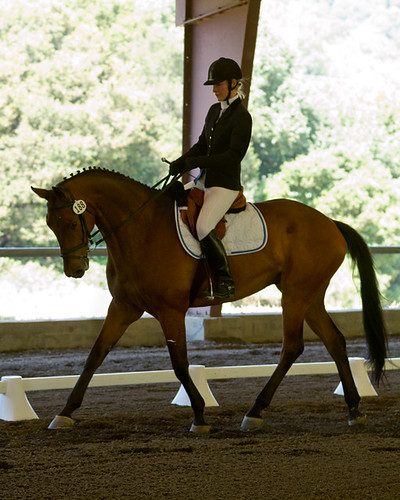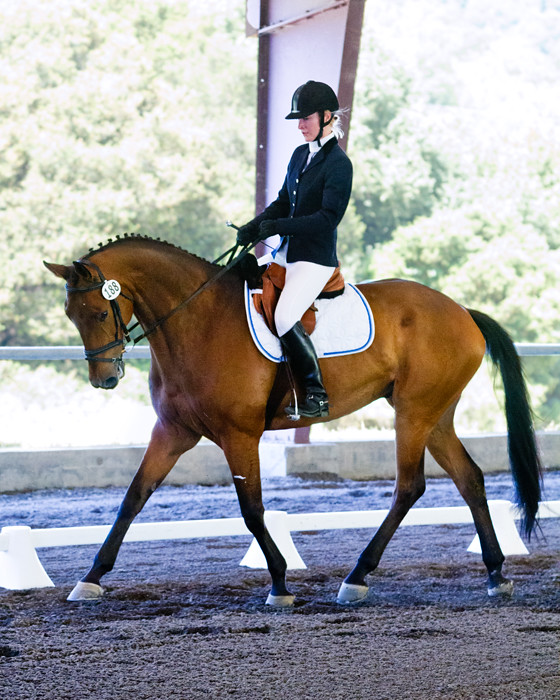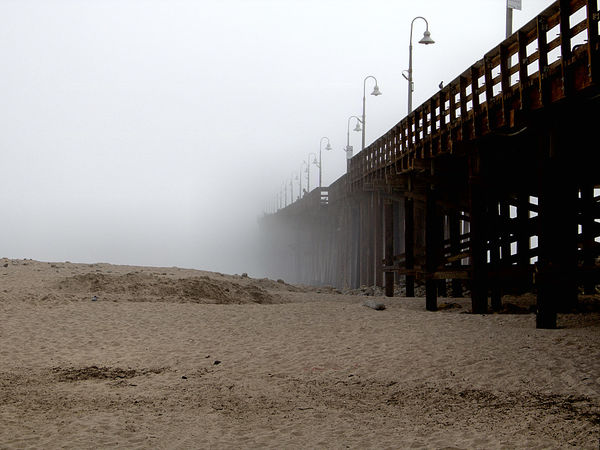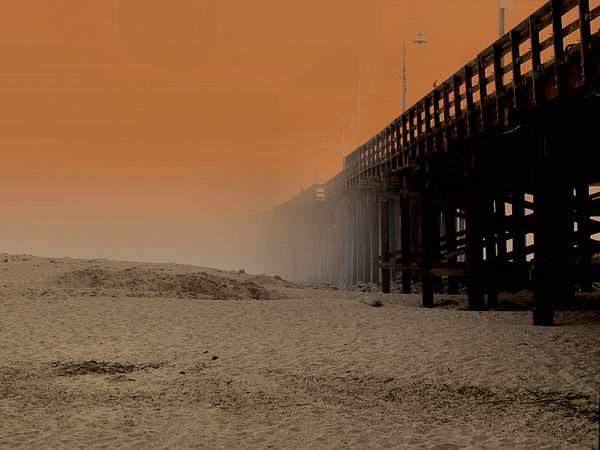PP or Graduated ND fillters
Mar 24, 2017 10:53:57 #
Mark1948 wrote:
As an old newbie I'm seeking the wisdom of the collective. Whether to invest in a good & expensive set of graduated ND filters or try to learn to balance too bright skies and darker foregrounds with post processing tools. ALL thoughts & suggestions are appreciated.
I asked a similar question pertaining to using the Grad filters vs. post processing or exposure bracketing in Lightroom last week. You may find some of the answers helpful. For me, I decided to use exposure bracketing and combine the images in post-production rather than invest in graduated ND filters. I have purchased a 10-stop ND filter to allow for long exposures however.
Here's the link:
http://www.uglyhedgehog.com/t-448411-1.html
Mar 24, 2017 11:03:28 #
Mark1948 wrote:
As an old newbie I'm seeking the wisdom of the collective. Whether to invest in a good & expensive set of graduated ND filters or try to learn to balance too bright skies and darker foregrounds with post processing tools. ALL thoughts & suggestions are appreciated.
Mark,
I have both, the glass ND filter for the film days, and hte Post Processing filter for digital. I haven't used the glass filter since I put down the film and got serious with digital.
If you plan your capture carefully for PP you can do a lot more and spend less time exposing the scene, and later in the comfort of home tweak the photo with a good PP graduated filter.
Michael G
Mar 24, 2017 11:04:58 #
Mar 24, 2017 11:46:18 #
There are some things that post processing just can't accomplish. The ND filters will allow you to capture detail through exposure that PP can't replace if it isn't recorded from the start. Grad ND filters allow you to capture those details in the original image and thus work to accentuate or diminish to your taste in post.
--Bob
--Bob
Mark1948 wrote:
As an old newbie I'm seeking the wisdom of the collective. Whether to invest in a good & expensive set of graduated ND filters or try to learn to balance too bright skies and darker foregrounds with post processing tools. ALL thoughts & suggestions are appreciated.
Mar 24, 2017 12:02:01 #
kbatschke wrote:
I asked a similar question pertaining to using the Grad filters vs. post processing or exposure bracketing in Lightroom last week. You may find some of the answers helpful. For me, I decided to use exposure bracketing and combine the images in post-production rather than invest in graduated ND filters.
Exposure bracketing is great, but there are situations when bracketing is simply not an option.
Mar 24, 2017 12:17:16 #
billnikon
Loc: Pennsylvania/Ohio/Florida/Maui/Oregon/Vermont
Mark1948 wrote:
As an old newbie I'm seeking the wisdom of the collective. Whether to invest in a good & expensive set of graduated ND filters or try to learn to balance too bright skies and darker foregrounds with post processing tools. ALL thoughts & suggestions are appreciated.
You could simply shoot two shots on a tripod. First for darker foreground and the second for the bright sky. Then purchase a HDR software program to combine the two shots into one perfect one.
Mar 24, 2017 12:32:21 #
Or, rather, take one very meticulously exposed photo and be done with it.
--Bob
--Bob
billnikon wrote:
You could simply shoot two shots on a tripod. First for darker foreground and the second for the bright sky. Then purchase a HDR software program to combine the two shots into one perfect one.
Mar 24, 2017 12:50:25 #
billnikon wrote:
You could simply shoot two shots on a tripod. First for darker foreground and the second for the bright sky. Then purchase a HDR software program to combine the two shots into one perfect one.
You don't really need to purchase any additional software if your editor supports layers. Simply add the second image as a layer and use the transparency brush tool on the over-exposed sections of the overlay image.
Mar 24, 2017 12:51:35 #
rook2c4 wrote:
Exposure bracketing is great, but there are situations when bracketing is simply not an option.
Exposure bracketing is great if both the subject and camera are rock solid, but if one moves between exposures HDR processing can consume hours of your time trying to mask out the ghosted movement.
Mar 24, 2017 14:31:35 #
RichardTaylor wrote:
I use both methods;
Usually ND grads for scenes with a relatively flat horizons (like dawn seascapes) and PPing for architecture etc (and that includes the use of subtle hdr processing).
Usually ND grads for scenes with a relatively flat horizons (like dawn seascapes) and PPing for architecture etc (and that includes the use of subtle hdr processing).
I agree that this is the way to go. Although if you have the requisite skill you can combine two images without using the full HDR by selective masking including the use of gradients on the masks.
I always carry 4 gradient filters (6x6 cm) in the field. Two are gradual and two are rather sharp and are 2 and 6 stops. I just hold them in front of the lens (no holder). The only think you have to be aware of is that you may get reflections with my method.
Mar 24, 2017 14:33:53 #
TheDman
Loc: USA
rook2c4 wrote:
Exposure bracketing is great, but there are situations when bracketing is simply not an option.
Like what?
Mar 24, 2017 14:36:31 #
TheDman
Loc: USA
billnikon wrote:
You could simply shoot two shots on a tripod. First for darker foreground and the second for the bright sky. Then purchase a HDR software program to combine the two shots into one perfect one.

This is what most top landscape pros do, except they just combine them by hand in Photoshop. It has the added benefit of properly exposing shadows so you don't increase noise trying to dig into underexposed areas.
Mar 24, 2017 14:44:25 #
amfoto1
Loc: San Jose, Calif. USA
Mark1948 wrote:
As an old newbie I'm seeking the wisdom of the collective. Whether to invest in a good & expensive set of graduated ND filters or try to learn to balance too bright skies and darker foregrounds with post processing tools. ALL thoughts & suggestions are appreciated.
As an old film shooter, I've used both methods.
Since "going digital" and learning how much better job I can do of it in post-processing, my set of graduated ND have been gathering dust. I don't think I've taken them out of the drawer for 3 or 4 years now. I keep them in case I have need when shooting film.
I have no need of them for digital. Post-processing methods with digital are far better than filters ever were, anyway.
Mar 24, 2017 15:00:56 #
amfoto1
Loc: San Jose, Calif. USA
rook2c4 wrote:
...bthere are situations when bracketing is simply not an option.
This is true.
When that's the case, I instead double or triple process a single image.
Here's an example... a moving subject so there's no way to take multiple shots to combine the "best from each" later in PPing.
However, particularly shooting RAW I can easily double process the shot to recover some of the blown-out background. I also used different color temp and tint for the sunlit outdoors versus the shaded and sodium vapor lit indoor subject.
 +
+  =
= 
Try doing that with any filter!
Yet it's pretty easy in post-processing. I just shot RAW and created a virtual copy in Lightroom, adjusting it and the original differently as shown... then opened them in Photoshop and used Layers and Masks to combine the "correct" portions from each image. It's often even easier to do with landscape shots, where the sections being tweaked differently are more distinct than in the above example (i.e., sky versus everything else in a scene).
I've also used more automated methods (HDR Merge in Photoshop, for example) at times with multi-processed, individual images.
The same techniques can also be used with multiple, bracketed shots taken.... when the subject or some portions of the scene aren't moving.
Mar 24, 2017 15:05:39 #
TheDman
Loc: USA
amfoto1 wrote:
Here's an example... a moving subject so there's no way to take multiple shots to combine the "best from each" later in PPing.
Here's an example... a moving subject so there's no way to take multiple shots to combine the "best from each" later in PPing.
Sure there is, you just shoot a separate shot of the background only after the first shot.
If you want to reply, then register here. Registration is free and your account is created instantly, so you can post right away.





